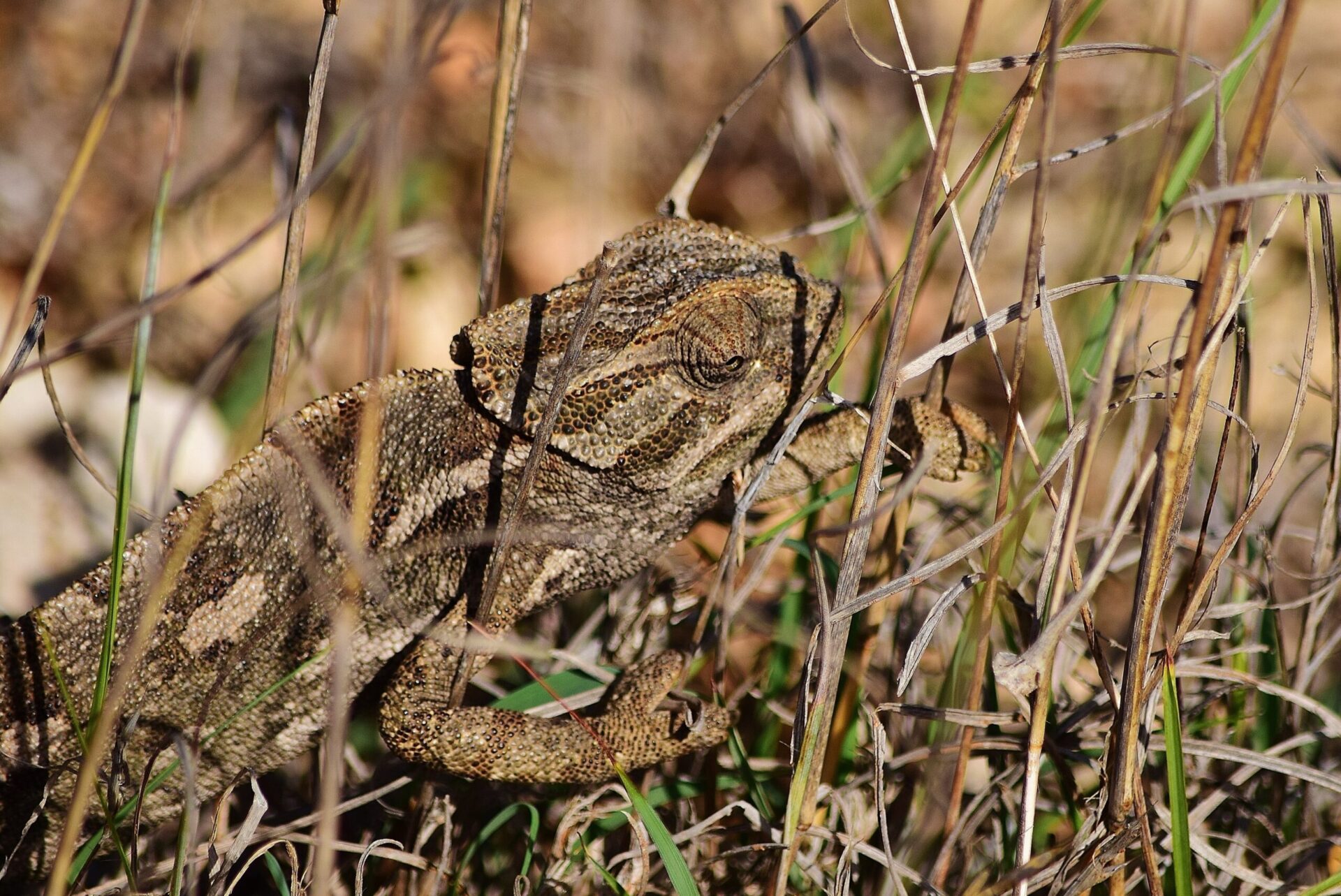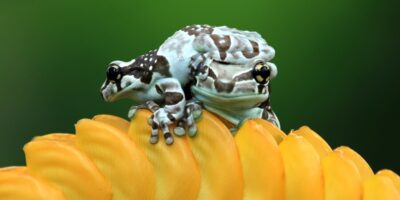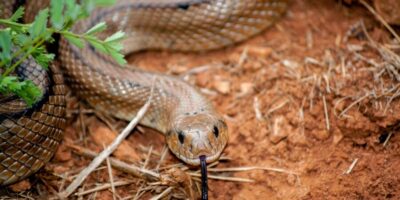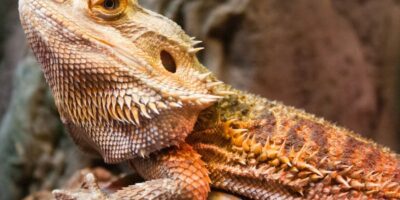In this article, we’ll explore the amazing realm of health and well-being for full-grown Ackie monitors. These incredible reptiles require special care to thrive, and understanding their common concerns and proper care is crucial. We’ll explore the various health issues they may face, the importance of a balanced diet, the requirements for their habitat and enclosure, the significance of regular health monitoring and veterinary care, as well as tips for safe handling and enrichment activities. So, let’s embark on this journey to ensure the good health and well-being of our scaly friends.
It’s crucial to understand the common concerns and provide proper care for full-grown Ackie monitors. By familiarizing ourselves with their specific needs, we can ensure their overall well-being. From maintaining appropriate temperatures and humidity levels in their habitat to providing a nutritious diet and regular veterinary check-ups, proper care plays a vital role. Additionally, being aware of common health issues such as respiratory infections or metabolic bone disease allows us to take proactive measures and seek timely treatment if needed.
Common Health Concerns
Full-grown Ackie monitors may face several common health issues that we should be aware of. Firstly, respiratory infections can occur due to improper temperature and humidity levels or poor ventilation in their enclosure. Regular monitoring of these conditions is essential. Secondly, parasites such as mites or worms can affect their digestive system and overall health. Regular fecal exams and proper hygiene practices can help prevent and treat these issues.
Thirdly, skin conditions like dermatitis or shedding problems may arise if the enclosure is too dry or dirty. Maintaining proper humidity and cleanliness is crucial. Lastly, metabolic bone disease can occur due to calcium and vitamin D deficiencies, leading to weakened bones. Providing a balanced diet and proper UVB lighting is essential to prevent this condition. By being aware of these common health issues, we can take proactive measures to keep our Ackie monitors in great shape with no.
Symptoms, Causes, and Treatment
Let’s discuss the symptoms, causes, and potential treatments for each concern that full-grown Ackie monitors may face:
1. Respiratory infections: Symptoms include wheezing, nasal discharge, and difficulty breathing. Causes can be improper temperature and humidity levels or poor ventilation. Treatment may involve adjusting environmental conditions, providing proper heat and humidity, and, in severe cases, antibiotics prescribed by a reptile veterinarian.
2. Parasites: Symptoms include weight loss, poor appetite, and abnormal feces. Causes can be unsanitary conditions or exposure to infected prey. Treatment may involve fecal exams to identify the specific parasite and administering appropriate deworming medications.
3. Skin conditions: Symptoms include dry, flaky skin, sores, or difficulty shedding. Causes can be low humidity, dirty enclosure, or poor nutrition. Treatment may involve maintaining proper humidity levels, regular bathing to promote shedding, and ensuring a clean and hygienic enclosure.
4. Metabolic bone disease: Symptoms include soft or deformed bones, difficulty walking, and muscle weakness. Causes can be calcium and vitamin D deficiencies. Treatment may involve providing a calcium-rich diet, UVB lighting for proper vitamin D synthesis, and, in severe cases, veterinary intervention with calcium and vitamin D supplementation.
Proper Nutrition and diet
Having a balanced and nutritious diet is incredibly important for full-grown Ackie monitors. These little reptiles require a variety of foods to meet their nutritional needs. A diet rich in insects like crickets, mealworms, and roaches, along with occasional small vertebrates like mice or small lizards, can provide the necessary protein and fat. It’s also crucial to include a variety of fruits and vegetables to ensure they get essential vitamins and minerals.
Remember, a well-rounded diet contributes to their overall health, growth, and immune system. So, let’s feed our Ackie monitors with love and ensure they have a happy and healthy life. The ideal diet for full-grown Ackie monitors should consist of a variety of insects and invertebrates. Offer a rotation of live prey such as crickets, mealworms, roaches, and occasionally small vertebrates like mice or small lizards.
It’s essential to provide a balanced calcium-to-phosphorus ratio in their diet. You can achieve this by dusting your prey with calcium and vitamin supplements before feeding. Additionally, establish a proper feeding schedule to ensure they receive regular meals without overfeeding. Portion control is important to get a healthy weight and prevent obesity. Remember, a balanced diet is key to keeping our Ackie monitors happy and thriving.
Habitat and Enclosure Requirements
A suitable habitat for full-grown Ackie monitors should have the following essential components:
1. Adequate space and substrate: These active lizards require a spacious enclosure with enough room to roam and explore. A 4x2x2 feet enclosure is recommended for a single adult Ackie monitor. Provide a deep substrate layer of around 6-8 inches, using a mix of soil, sand, and coco coir to allow for burrowing.
2. Proper temperature and humidity levels: Ackie monitors are native to arid regions, so maintaining a temperature gradient is crucial. Provide a hot basking spot of around 120°F (49°C) and a cooler side of around 85°F (29°C). The ambient temperature should range between 90-95°F (32-35°C) during the day and drop slightly at night. Maintain a humidity level of 40-60% to ensure proper shedding and hydration.
3. Hiding spots and basking areas: Ackie monitors appreciate hiding spots to feel secure. Incorporate rocks, logs, or reptile hides to create hiding places throughout the enclosure. Additionally, provide multiple basking areas with heat lamps or ceramic heat emitters to mimic the natural sun-warmed surfaces they would utilize in the wild.
4. UVB lighting: UVB lighting is crucial for Ackie monitors’ overall health and calcium metabolism. Install a UVB bulb, such as a T5 or T8 tube that covers at least two-thirds of the enclosure. Ensure the bulb is replaced every 6-12 months to maintain its effectiveness.
Clean and enriching enclosure
Keeping a clean and enriching enclosure is vital for the well-being of our Ackie monitors. Here are some tips to help you maintain a clean and stimulating habitat:
1. Regular spot cleaning: Remove any feces, uneaten food, or shed skin from the enclosure daily to maintain neatness and prevent the buildup of bacteria.
2. Deep cleaning: Perform a deep clean of the enclosure every few weeks. This involves removing all substrate, disinfecting the enclosure, and replacing the substrate with fresh, clean material.
3. Provide hiding spots: Add various hiding spots like rocks, logs, or reptile hides to create a sense of security for your Ackie monitor. This helps reduce stress and promotes natural behaviors.
4. Offer climbing opportunities: Incorporate branches, driftwood, or rocks to create climbing structures. Ackie monitors love to explore and climb, so providing vertical spaces adds enrichment to their environment.
5. Environmental enrichment: Introduce toys, such as tunnels, puzzle feeders, or basking platforms, to stimulate their minds and encourage natural behaviors.
Regular Health Monitoring and Veterinary Care
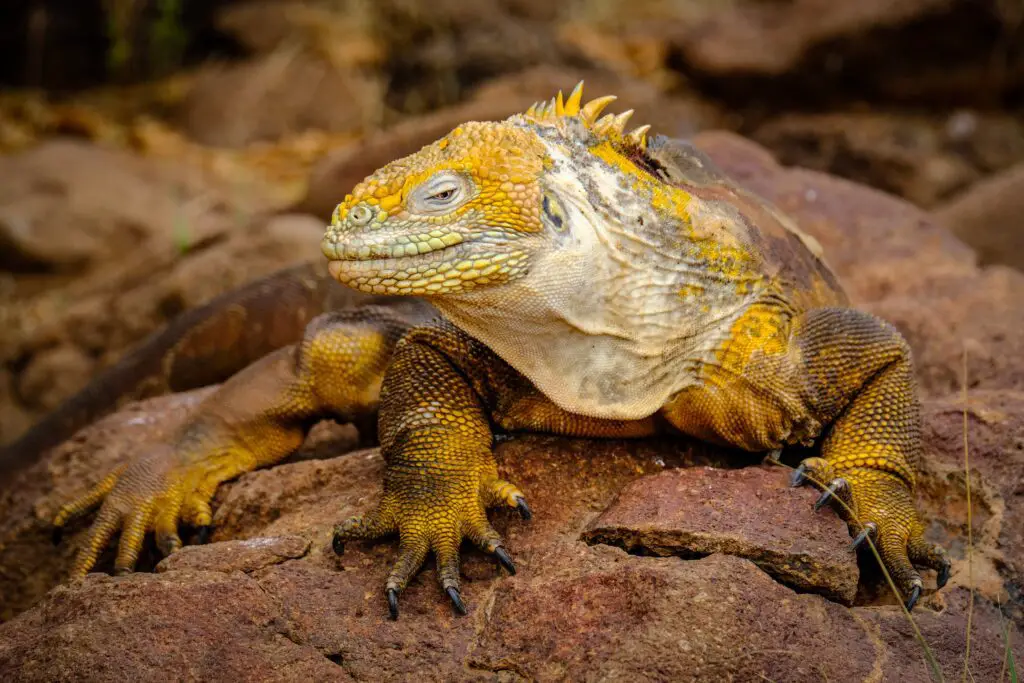
Regular health check-ups with a reptile veterinarian are crucial for ensuring the well-being of our Ackie monitors. These check-ups allow professionals to assess their overall health, detect any serious issues early on, and provide appropriate care. In addition to veterinary visits, it’s important to monitor Ackie monitor’s health and behavior at home. Keep an eye on their appetite, hydration, and body weight.
Look out for any changes in their skin, eyes, or feces. Monitor their activity levels, basking behavior, and overall energy. Any significant changes or abnormalities should be promptly addressed with a reptile veterinarian. By staying vigilant and seeking professional guidance, we can help keep our Ackie monitors healthy and thriving.
Preventive measures
Quarantine and preventive measures are of utmost significance when it comes to the well-being and health of our reptile companions. Quarantine refers to the practice of isolating a new reptile for a specific period, usually around 30-90 days, before introducing it to an existing collection. This helps to prevent the spread of potential diseases and parasites. During quarantine, it is crucial to closely monitor the new reptile for any signs of illness or parasites and consult with a reptile veterinarian if necessary.
Preventive measures, on the other hand, involve maintaining good hygiene practices, such as proper cleaning and disinfection of enclosures, equipment, and hands before and after handling reptiles. Additionally, practicing proper husbandry techniques, providing a balanced diet, and ensuring optimal environmental conditions are essential for preventing health issues. By implementing quarantine and preventive measures, we can minimize the risk of bacteria transmission and promote the overall well-being of our reptile friends.
Conclusion
Proper care and attention are crucial for ensuring the health and wellness of full-grown Ackie monitors. These amazing reptiles rely on us to provide them with suitable habitats, including adequate space, proper temperature and humidity levels, hiding spots, and UVB lighting. Additionally, implementing quarantine and preventive measures helps prevent the spread of diseases and parasites, ensuring the well-being of both the individual reptile and the entire reptile collection. By being diligent in our care, practicing good hygiene, and seeking veterinary assistance when needed, we can give our Ackie monitors the best chance at a long and healthy life.
